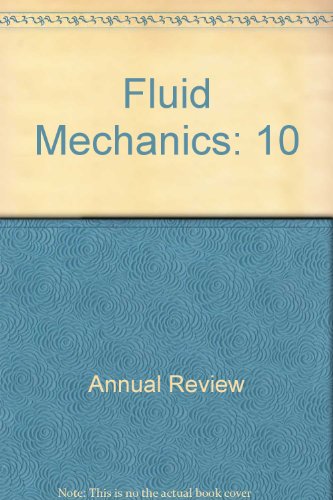Vortices and Forces in Biological Flight: Insects, Birds, and Bats
IF 30.2
1区 工程技术
Q1 MECHANICS
引用次数: 0
Abstract
Insects, birds, and bats that power and control flight by flapping their wings perform excellent flight stability and maneuverability by rapidly and continuously varying their wing motions. This article provides an overview of the state of the art of vortex-dominated, unsteady flapping aerodynamics from the viewpoint of diversity and uniformity associated with dominant vortices, particularly of the relevant physical aspects of the flight of insects and vertebrates in the low- and intermediate-Reynolds-number ( Re) regime of 10生物飞行中的涡旋和力:昆虫、鸟类和蝙蝠
昆虫、鸟类和蝙蝠通过拍打翅膀来控制飞行,通过快速和连续地改变翅膀运动来表现出出色的飞行稳定性和机动性。本文从与主导涡相关的多样性和均匀性的角度概述了以涡为主导的非定常扑动空气动力学的发展现状,特别是昆虫和脊椎动物在100至106的中低雷诺数(Re)范围内飞行的相关物理方面。在简要描述了机翼形态和运动学之后,我们讨论了扑翼产生的主要涡流以及与这些结构相关的气动力,重点讨论了前缘涡流(LEVs)、尾流涡流和宽Re范围内机翼运动产生的涡流。在鸟类和蝙蝠的飞行过程中,动态的机翼变形会加剧lev,从而产生显著升高的涡流升力。复杂的尾流涡是升力产生的足迹;因此,可以从尾流速度数据估计时间平均涡升力。计算流体动力学模型、准稳态模型和旋涡升力模型是阐明扑翼飞行中近场和远场主导涡与升力之间内在关系的有效工具。预计流体力学年度评论的最终在线出版日期,第56卷是2024年1月。修订后的估计数请参阅http://www.annualreviews.org/page/journal/pubdates。
本文章由计算机程序翻译,如有差异,请以英文原文为准。
求助全文
约1分钟内获得全文
求助全文
来源期刊
CiteScore
54.00
自引率
0.40%
发文量
43
期刊介绍:
The Annual Review of Fluid Mechanics is a longstanding publication dating back to 1969 that explores noteworthy advancements in the field of fluid mechanics. Its comprehensive coverage includes various topics such as the historical and foundational aspects of fluid mechanics, non-newtonian fluids and rheology, both incompressible and compressible fluids, plasma flow, flow stability, multi-phase flows, heat and species transport, fluid flow control, combustion, turbulence, shock waves, and explosions.
Recently, an important development has occurred for this journal. It has transitioned from a gated access model to an open access platform through Annual Reviews' innovative Subscribe to Open program. Consequently, all articles published in the current volume are now freely accessible to the public under a Creative Commons Attribution (CC BY) license.
This new approach not only ensures broader dissemination of research in fluid mechanics but also fosters a more inclusive and collaborative scientific community.

 求助内容:
求助内容: 应助结果提醒方式:
应助结果提醒方式:


